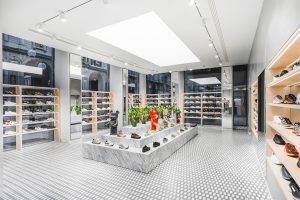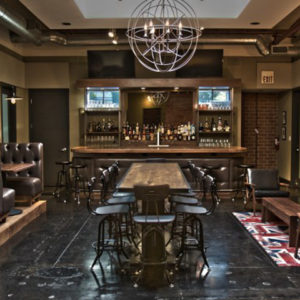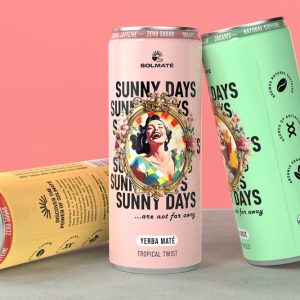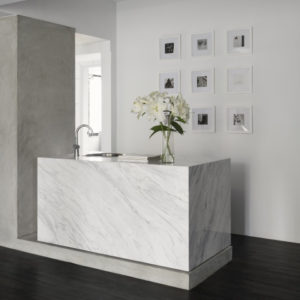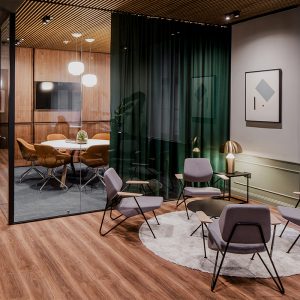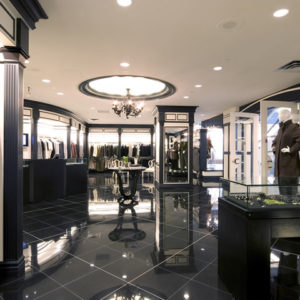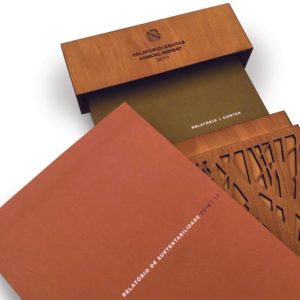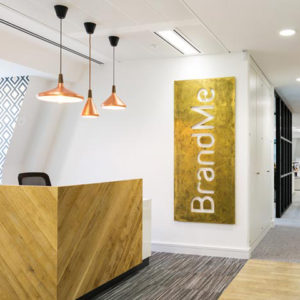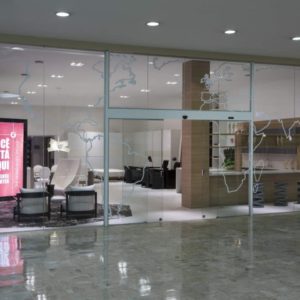
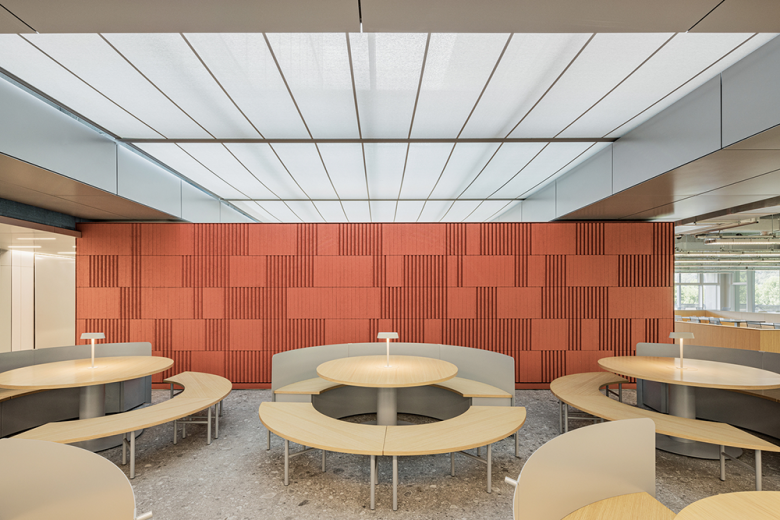
NAVER 1784 Canteen & Café is a new type of restaurant space where employees can enjoy trendy meals, cafes, and bakeries of NAVER 1784, a robot-friendly building and has a differentiated system that allows real robots to deliver food and employees to enjoy new and trendy menus through a shared kitchen platform. In particular, the restaurant space plays a key role as a test bed and was designed to provide an environment in which employees can work more creatively while experiencing the fast-changing trendy meal, unlike other restaurant spaces.
The design of the space began with the question, “What is a good space for NAVER employees to work outside of the office?” and aimed to provide a hybrid space for both eating and working, as well as a personal area for psychological stability. The space concept of “Big Dining, Small Talk” is short for “Big Dining Room” which refers to a hybrid space where eating and working based on new systems such as shared kitchens, robot delivery, and mobile congestion checks can be done anywhere and “Small Talk” which refers to the sense of various territories that can provide psychological stability to users in each configuration.
Considering the user’s process in the COVID-19 environment, the primary design strategy was to design the essential functional kitchen booth, washing & return station, and seating area hygienically and systematically. In addition, to provide an environment optimized for eating and working and a space that suits employees’ preferences, various types of seating spaces were designed in the restaurant and the cafe around the core, and appropriate tray sizes and details were continuously reviewed for both meals and work. For an efficient circulation system, a kitchen booth is installed around the core, and during operating hours, employees can pick up food by checking their numbers displayed on a hidden screen system at the open counter of the kitchen booth. At the end of meal time, the kitchen booth’s opening automatically closes, which completely separates the workspace from the eating space after the kitchen operation.
As for the restaurant’s seating area, employees can experience various seating areas by going around the corner based on the movement line that comes out of the elevator hall of the core and enters to the right, and upon entering the hall, they wash their hands at the washing station and choose menus at a media. In addition, the southern seating area was designed with a ‘library’ concept with wide openness, seat types suitable for eating alone or group meetings, and a diagonal partition arrangement configuration which was intended to give stability and various 3D senses at the same time. The seating areas on the west and east sides are arranged around the perimeter of the kitchen booth, with easy-to-move seating types and bar tables designed for waiting and small group dining and working.
On the north side, private rooms in the form of glass blocks and semi-open masses for group meetings are placed to give a sense of openness in various ways and lowered the level by utilizing the access floor space to give a more stable seating space. On the north side, there are skylights and voids that let in natural light, which allows the placement of fixed seats and a robot-sharing station. The cafe space allows movement from the restaurant through a bridge on the east side. The space was fully open to the exterior terrace by utilizing the sliding door system on the front, playing the role of ventilation, and allowing employees a new experience as if they were outside during work.
At the center of the cafe, there is a concrete open bar with various heights, and bench-type seats connect inside and outside between the bar and the open terrace, allowing an expanded space by opening the sliding door. There is a core on either side of the central bar, around which there are a series of comfortable sofa seats and large flat seats, not found in the dining area, to provide another relaxing place in the café space. NAVER 1784 Canteen & Café actively utilized lighting design to give different forms of stability to each area. In the dining room, adjustable lights on each table and order-made lights on the ceiling are placed, and in the cafe, floor lights are placed around benches and sofas. In addition to overall lights on double louvers on the cafe ceiling, individual mood lights are available to employees. Considering balance and harmony with the existing architecture and interior finish of NAVER 1784, concrete, aluminum, glass blocks, metal louvers, and wood were used as the main finishes to create a modern natural tone and manner that naturally matches concrete and natural gray floor tiles.
Architects: Betwin Space Design
Interior Design: Betwin Space Design
Design Team: Junggon Kim, Hwanwoo Oh, Hyejin Yang, Hyunjeong Lee, Juwon Yoon, Yanghun Jung, Taeyoung Ahn
Photographs: Yong-joon Choi
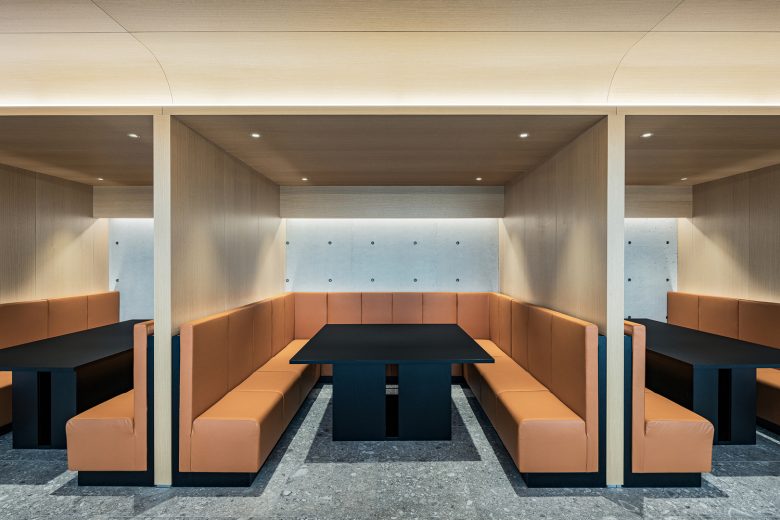
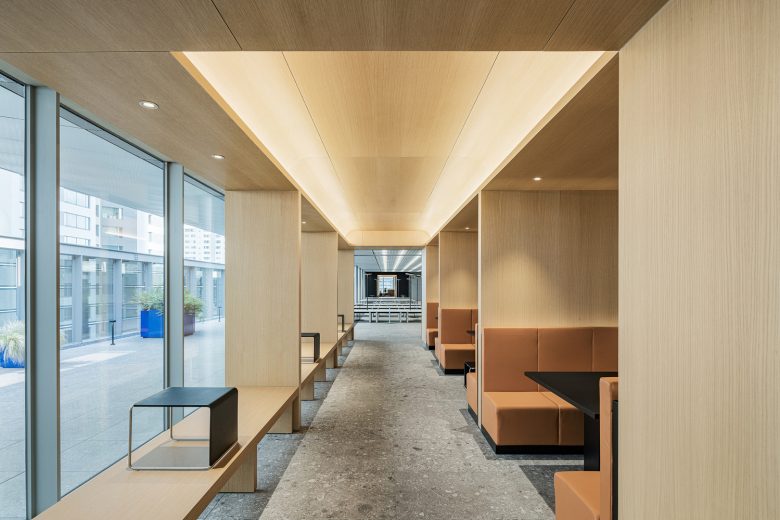
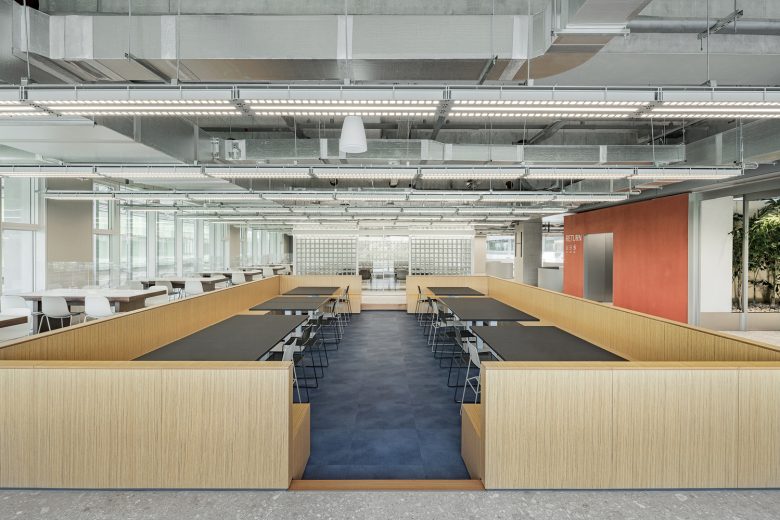
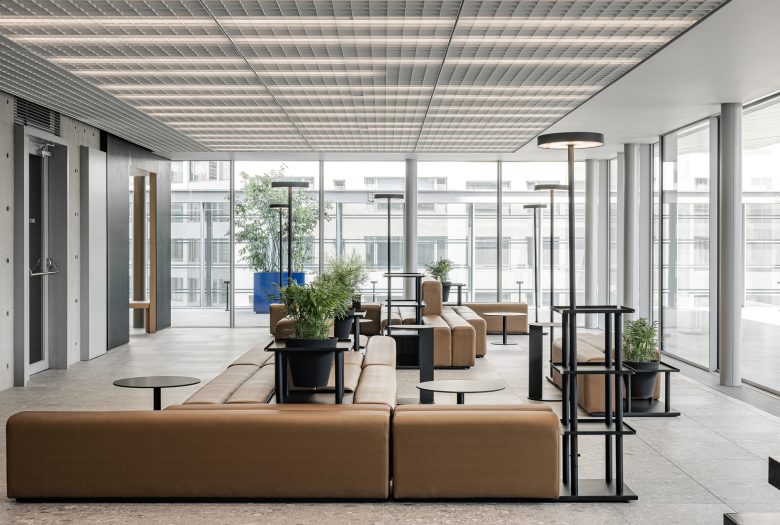
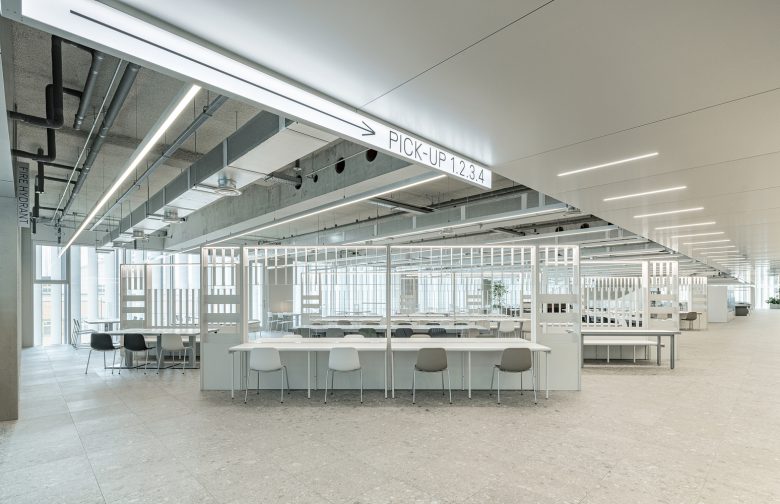
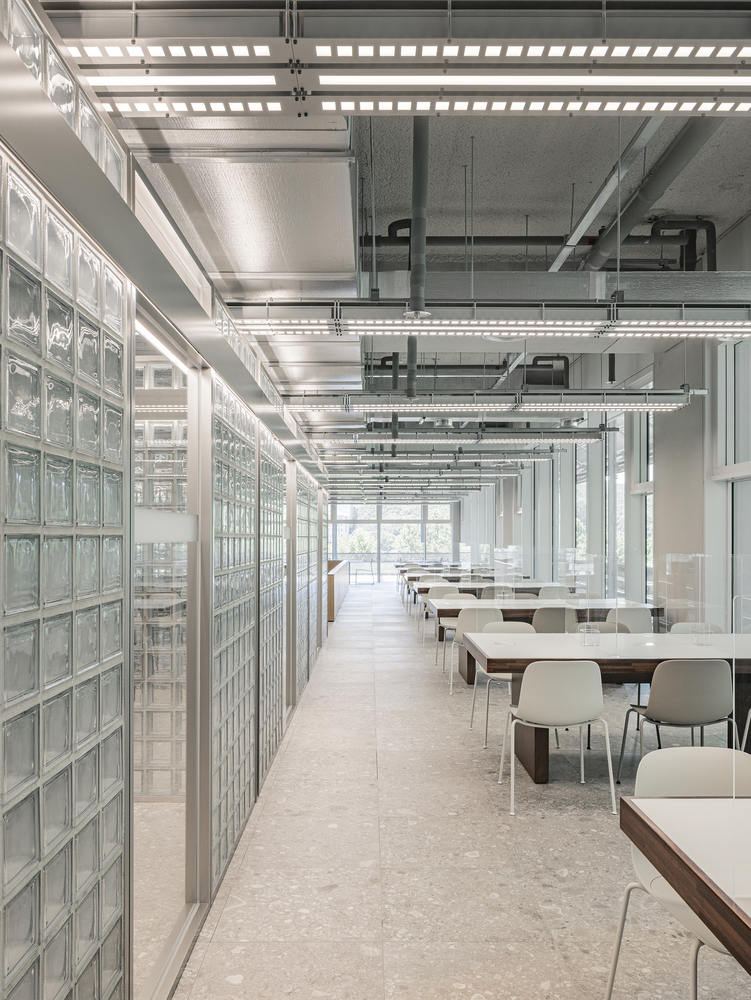

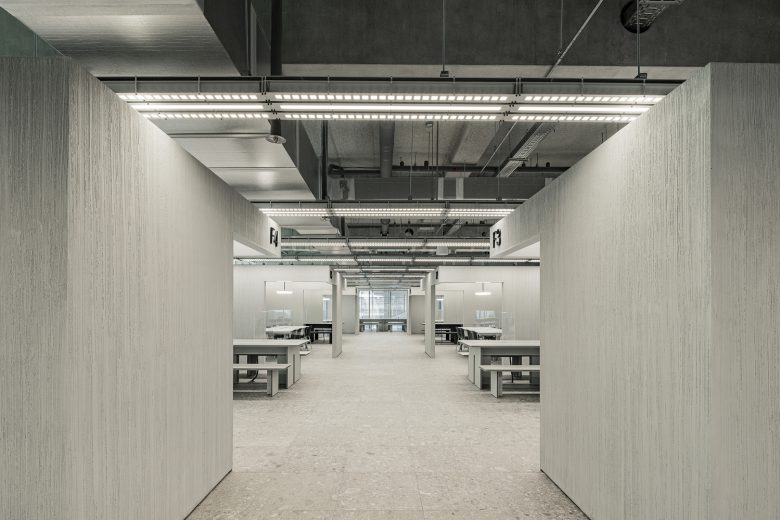
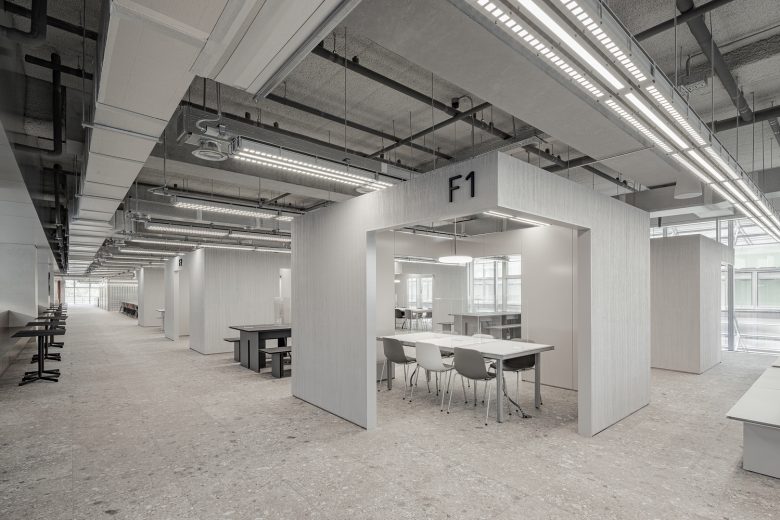
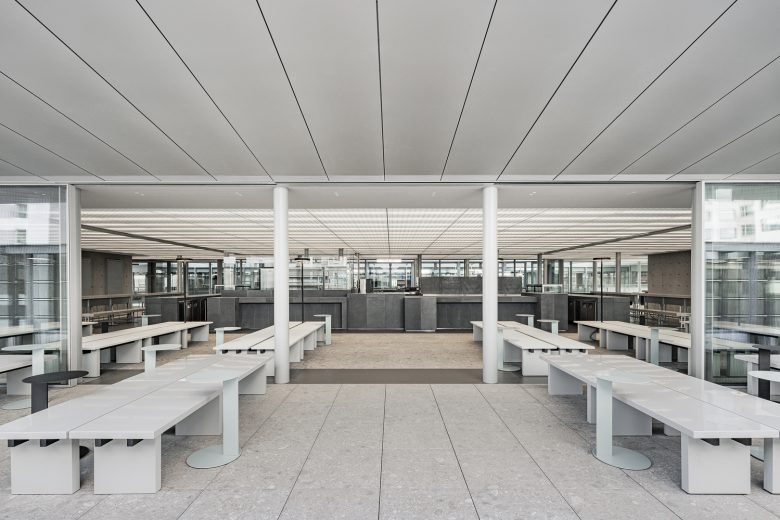
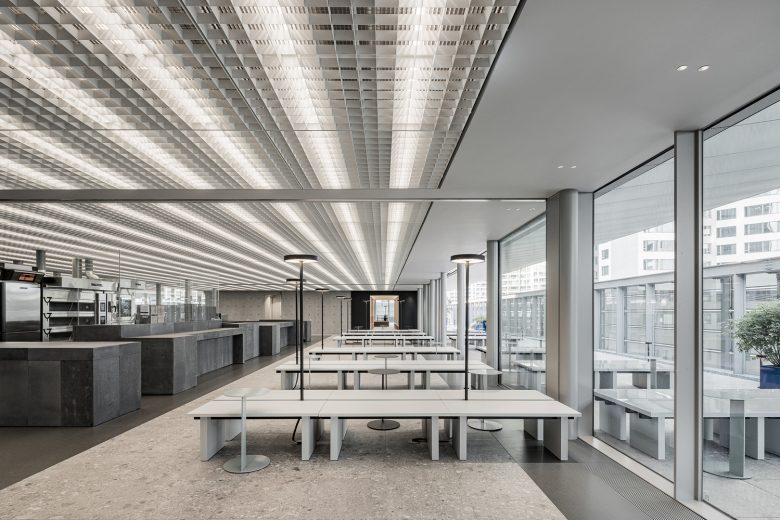
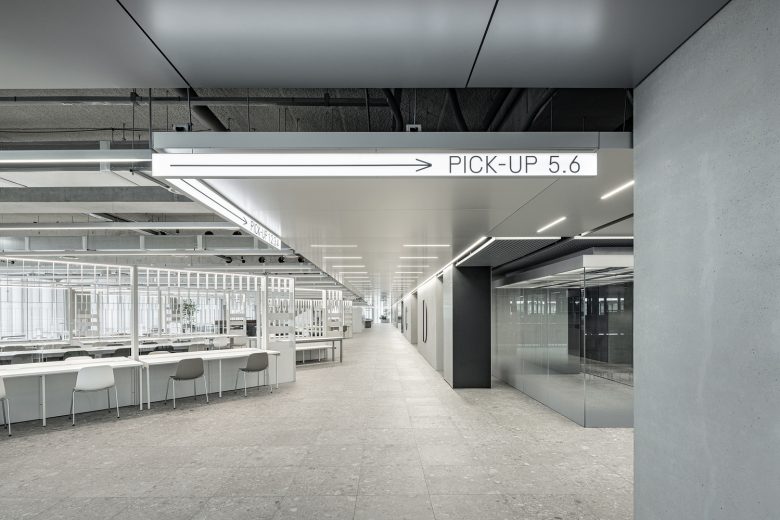

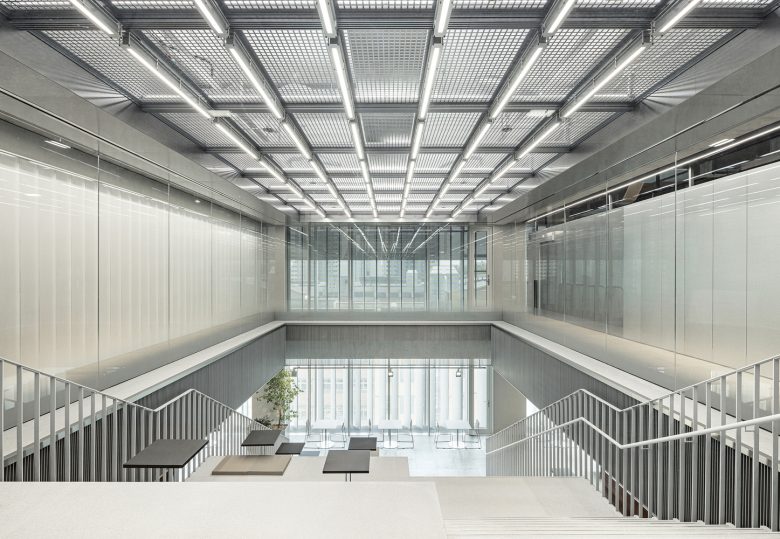
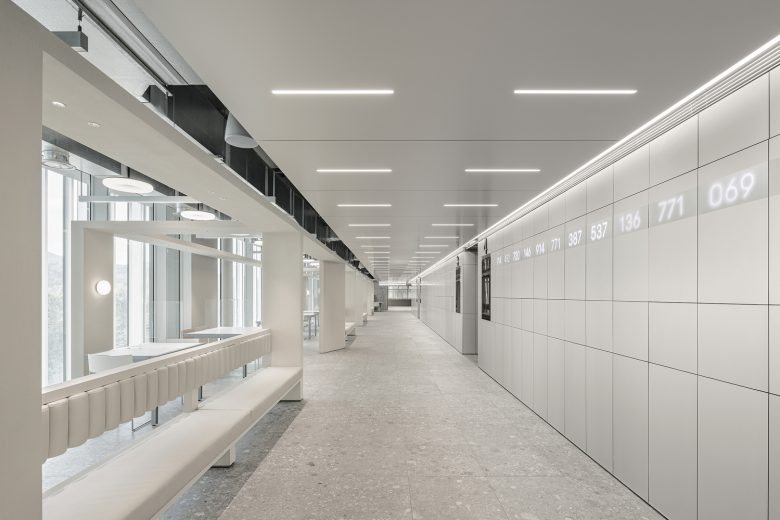
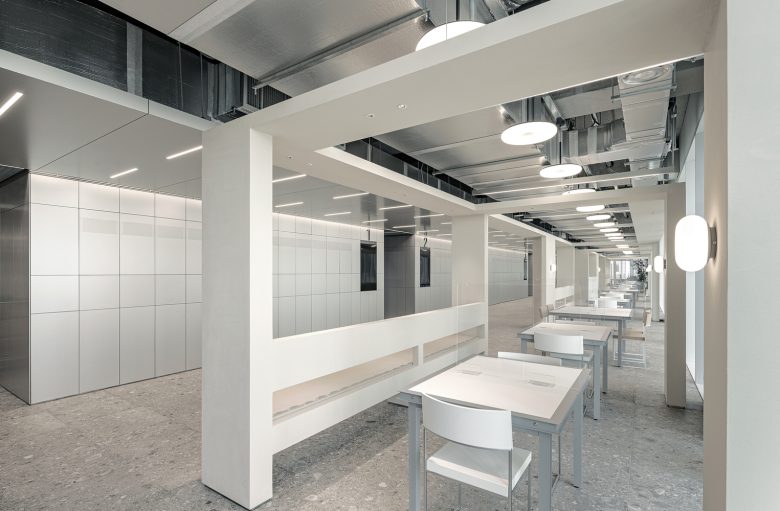
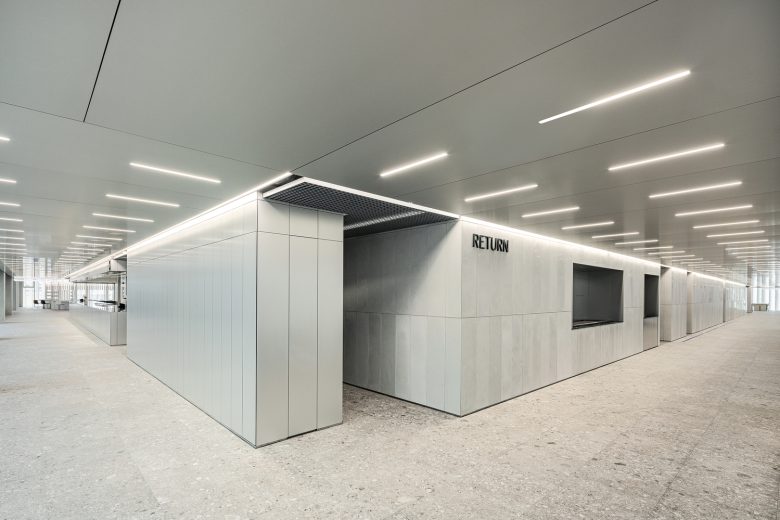
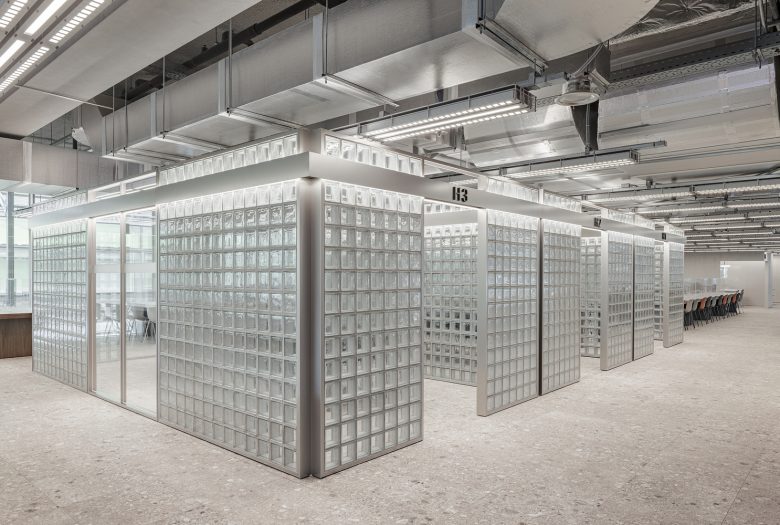

Add to collection
